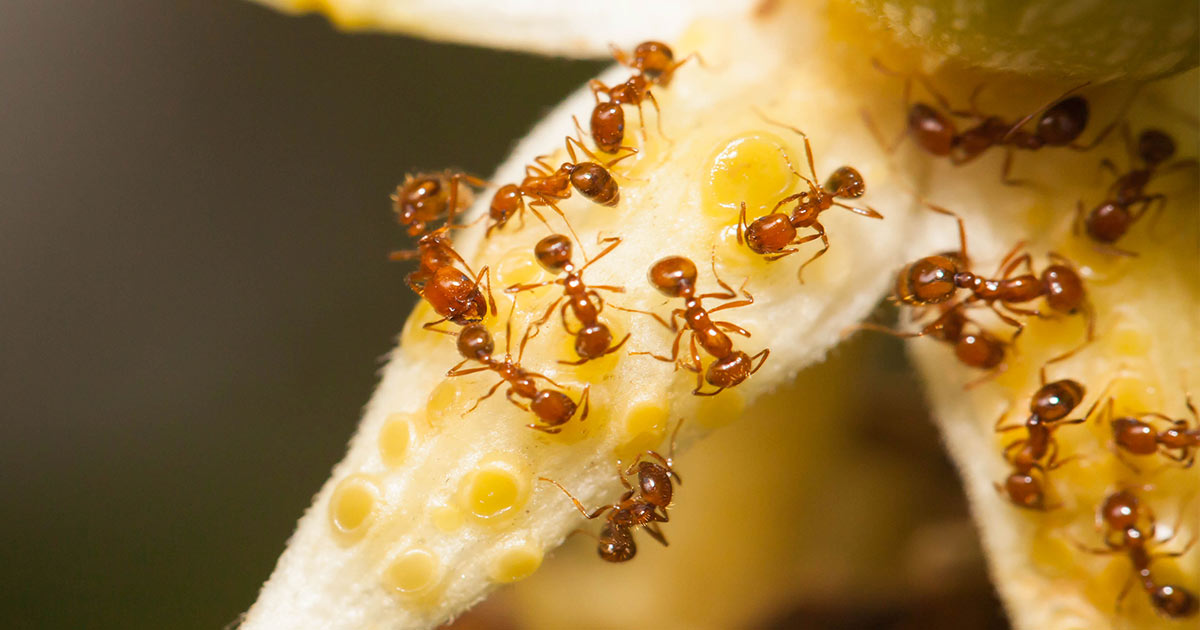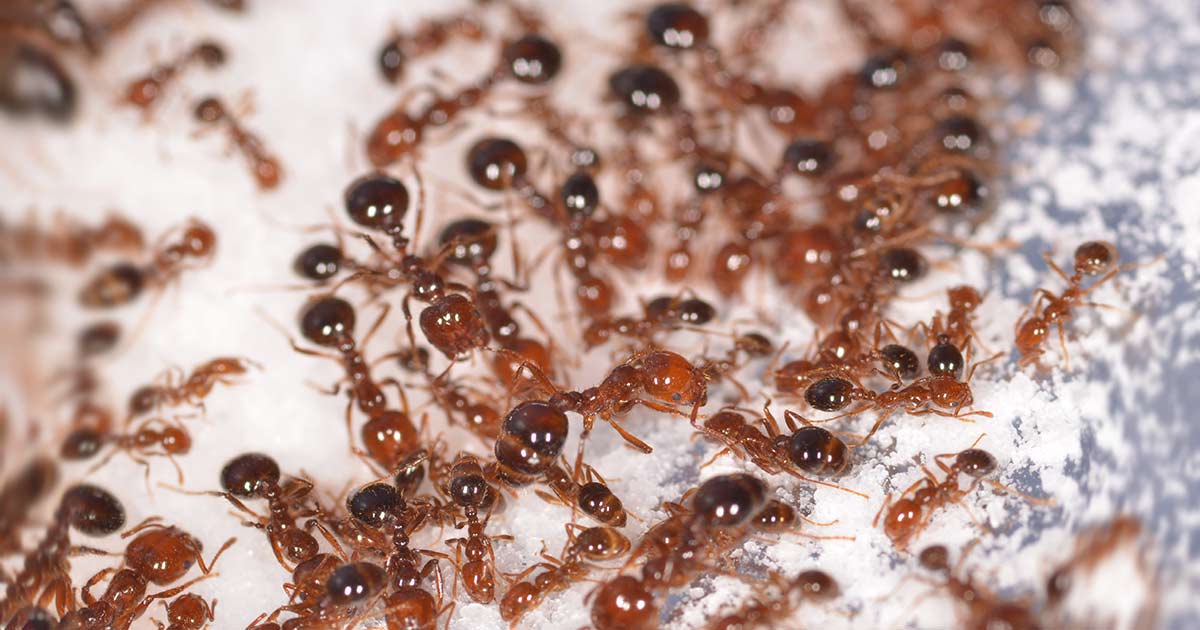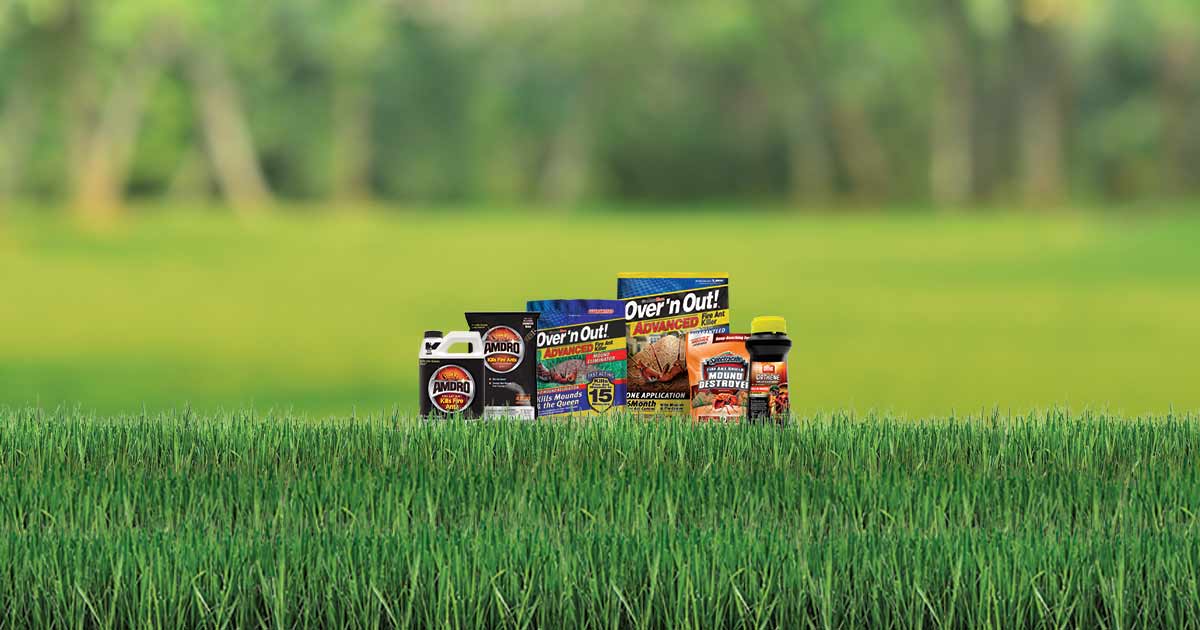Which Type of Fire Ant Killer is Best for Your Yard?
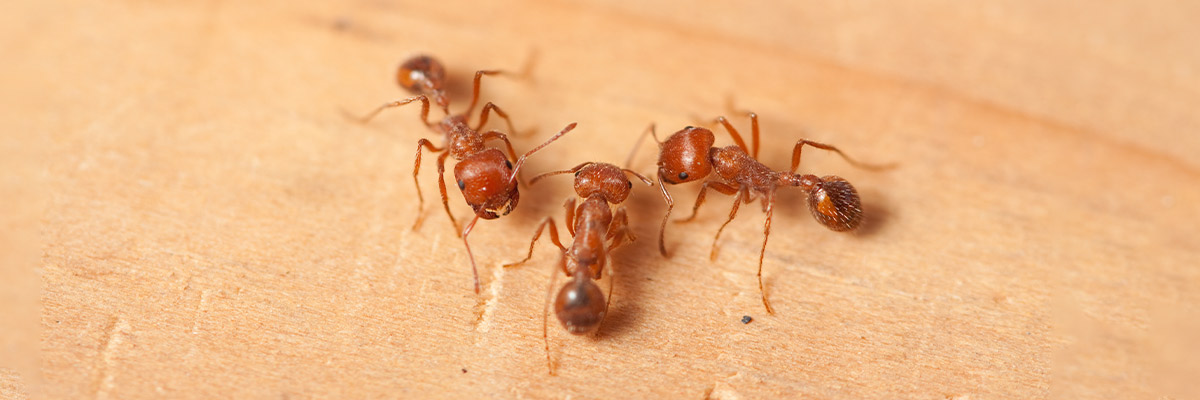
Whether you're fighting a fire ant invasion or preventing one, you need to have confidence in the fire ant killer you choose. Many fire ant killers come with guarantees, but not all products work the same way or serve the same purpose. By understanding the differences in fire ant killer products and their uses, you can choose the best type of fire ant killer for the job.
Contact Killers vs. Baits
Fire ant products vary in their active ingredients and how those ingredients kill fire ants. The two primary types of fire ant killers are contact killers and baits. Both types of fire ant killers can be highly effective, but the difference lies in how they work.
Contact killers kill fire ants through direct and indirect contact. They're typically fast-acting products that start working as soon as ants contact the active ingredient in some way. Some contact killers work in minutes while others take longer to kill their targets.
Foraging fire ants that come in contact with the insecticide get the fire ant killer on their bodies. Then their bodies help distribute it to other ants, before and after the foraging workers die. As other ants touch the treated ants or the surfaces they contaminate, the contact killer moves through the colony — eventually reaching the queen.
The best contact fire ant killers kill existing fire ants, fire ant mounds and the colony's queen. They also deliver residual protection that keeps killing new fire ants that move in from neighbors' yards. Residual fire ant killers vary significantly in how long they last. Some types protect against new fire ant mounds for several months, giving you season-long fire ant control.
Bait products disguise fire ant killer as everyday fire ant food. Foraging fire ants take the bait back to their colonies to feed other fire ants, including their queen. In contrast to fast-acting contact killers, bait killers work slower on purpose. The delay keeps foraging fire ants alive long enough to get bait back to their colonies and their queens.
The best fire ant baits are highly attractive to fire ants, so there's no question they get taken back to the colony. Some baits have two-way killing action that kills fire ants and prevents queens from reproducing. Without a queen to produce new workers, the entire colony dies.
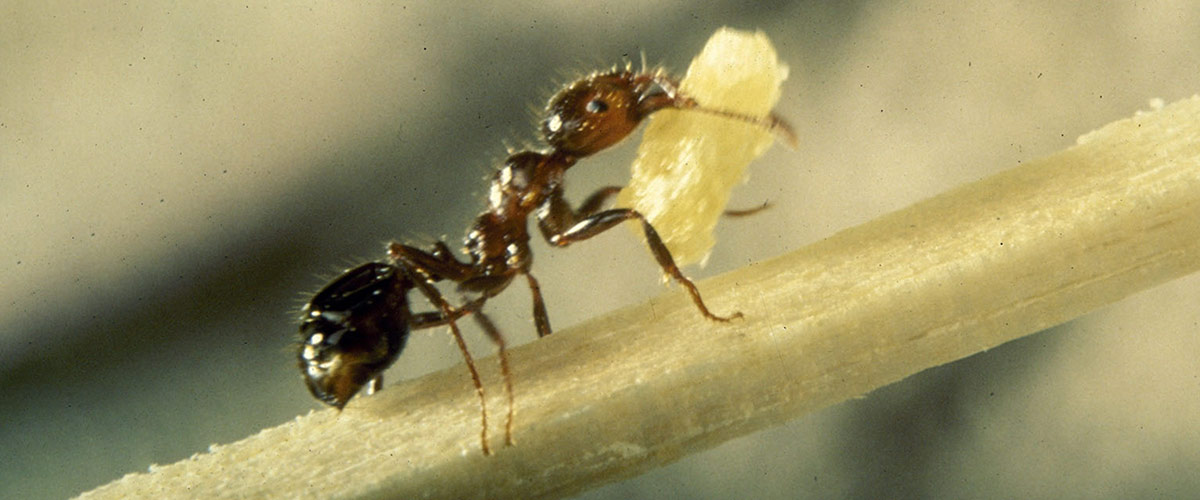
Mound Killers vs. Yard Treatments
The fight against fire ants in your yard has three fronts: individual fire ant mounds, hidden mounds and colonies, and new waves of fire ants that try to move in. Matching your fire ant killer to the job is essential for effective control.
Mound killers target individual fire ant mounds. These treatments come in contact forms that work fast so mounds can't relocate. They also come in bait forms that kill individual mounds, queens and colonies more gradually. The best fire ant killers for individual mounds reach deep beyond the surface to penetrate mounds efficiently and effectively.
Yard treatments work to control fire ants throughout your yard — from visible mounds to those hidden from sight. Like mound killers, yard treatments come in contact and bait forms. Yard treatments with residual action kill existing fire ants and keep protecting against new fire ants that arrive. The best fire ant killers for yards kill existing fire ant mounds, including the queen, and prevent new mounds from forming.
Most fire ant experts recommend a two-step approach as the best way to kill fire ants, fire ant mounds and fire ant queens. This approach combines full yard treatments with follow-up mound treatments. You can kill existing fire ants, target new mounds and protect your pets and family members from fire ant stings.
Seasonal fire ant activity peaks during spring and fall when the soil is warm and temperatures are moderate. Foraging ants are closest to the surface during early morning and early evening hours. For best results with mound killers or yard treatments, treat fire ants during these active times.
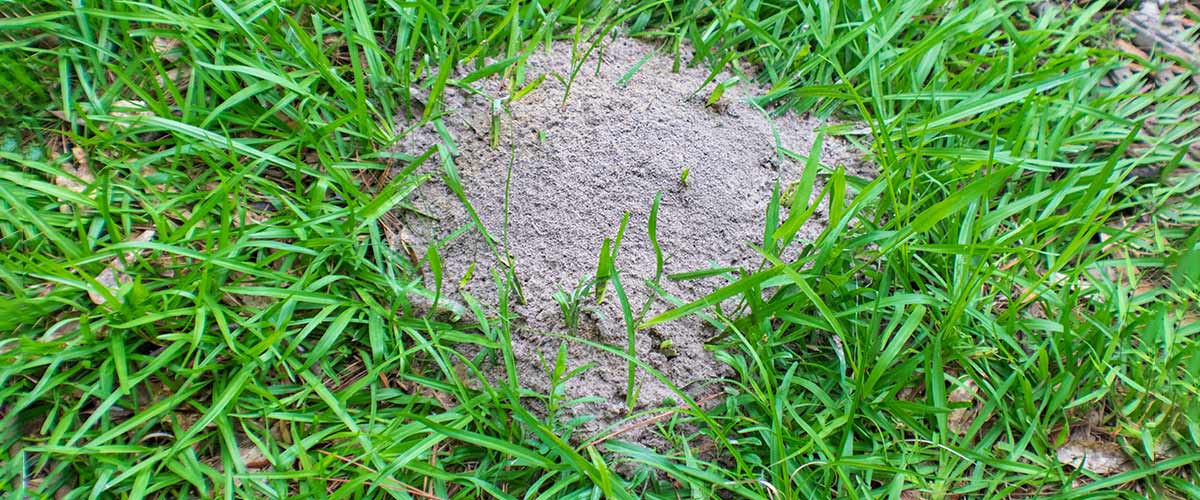
Fire Ant Killer Application Methods
Once you have decided on the best fire ant killer for you, follow the application instructions carefully. Yard treatments work best when applied with a regular lawn spreader, just like you use for lawn fertilizers or grass seed. A spreader helps with uniform coverage, which means more effective fire ant control across your lawn. Most mound treatments require a measuring cup — one devoted solely to pesticides, not cooking!
Most contact killers, including powders or granular forms, must be watered in immediately after application. Watering releases active ingredients and helps the insecticide penetrate and contact as many fire ants as possible. Bait treatments are the opposite. Fire ant baits are most attractive to ants and most effective when they stay dry. So don't water baits after application.
Always follow your product's label instructions closely, especially when dealing with fire ant mounds. Take care to apply products without disturbing active mounds so fire ants don't sound the alarm to relocate — or swarm out ready to bite and sting. By understanding the different types of fire ant killers and how to use them, you can get rid of fire ants and enjoy your yard with friends and family again.
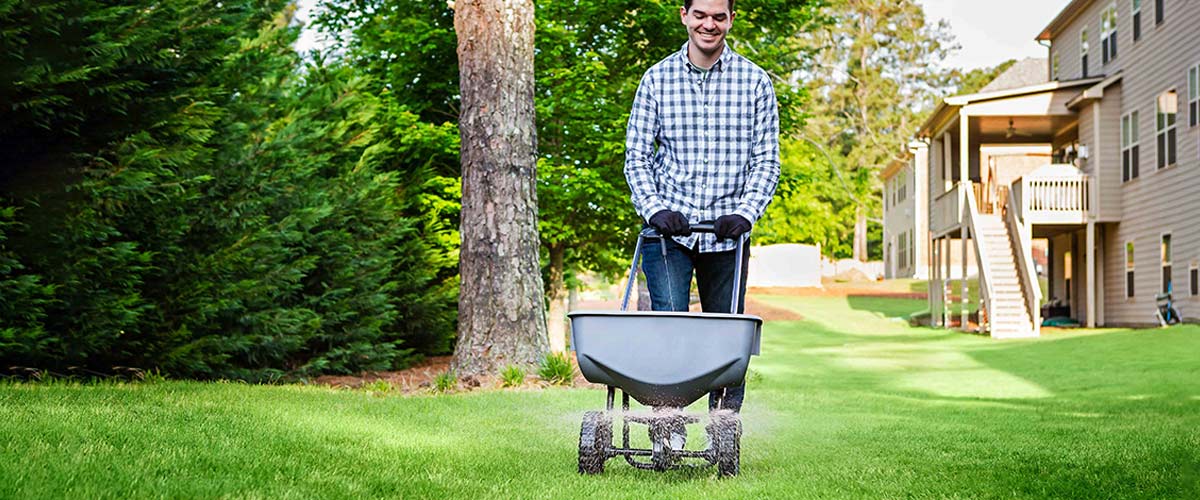
The opinions represented in this article are the author's. However,the author has been paid by the owner of this website, Central Garden & Pet Company.

